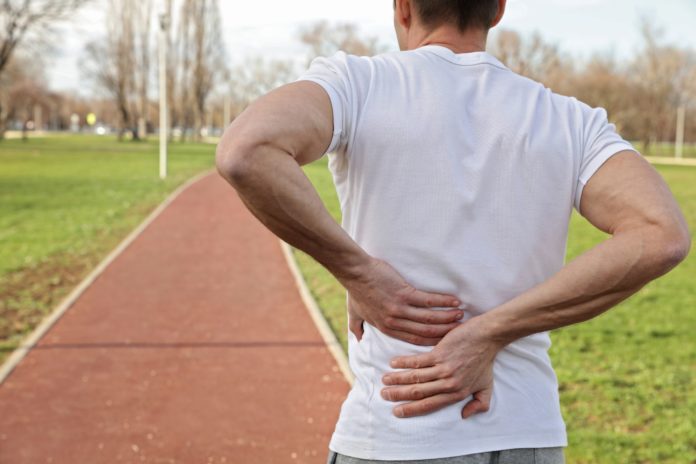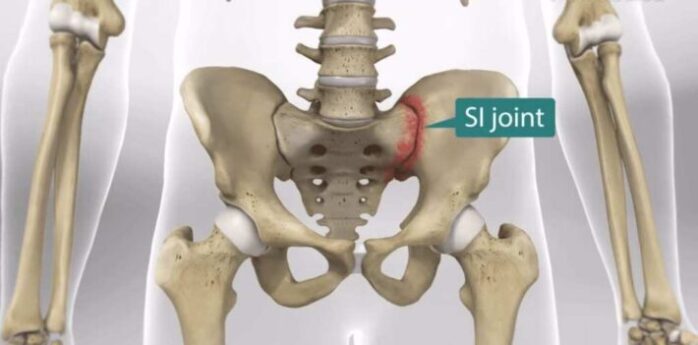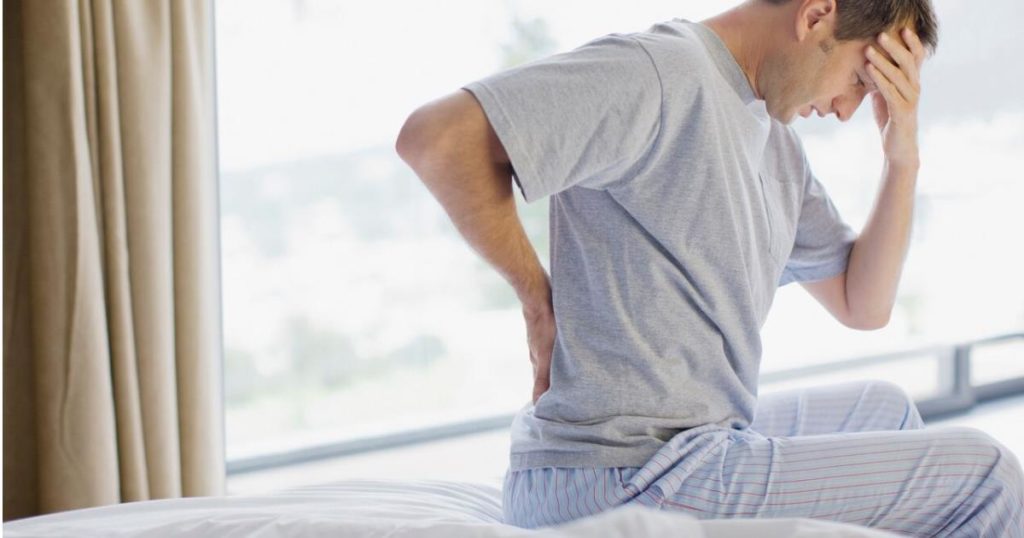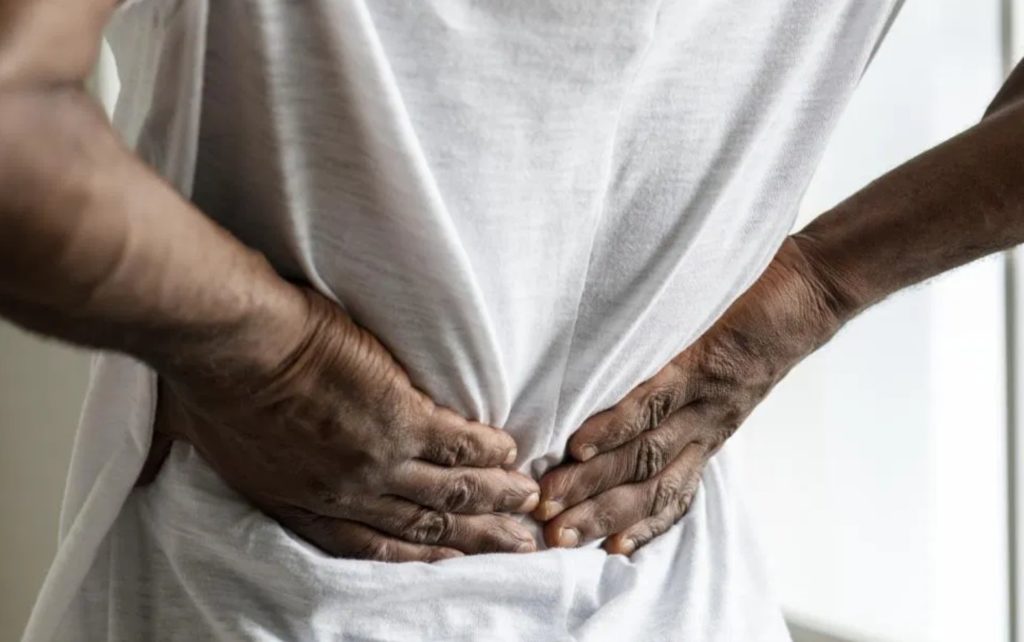
Often osteos, physios, and doctors hear complaints from runners regarding lower back pain. In most cases, the situation is so bad that the person cannot even walk, let alone run. It might come as a surprise to many, but this lower back pain can stem from running itself.
We often think of running injuries as injuries to knees or soles. But lower back pain is also another area in the body that often gets affected. Therefore, you might need to reevaluate your current running program in order to speed up the healing process of your lower back.
By the way, don’t forget to check out the latest running gear with the online reviews websites like runnerschoice.net.
Runner’s Lower Back Syndrome- An Overview

It’s not a strict medical terminology, but many physios and professionals use this umbrella term to define the four main causes of lower back pain in runners. Remember that these four conditions can occur all at once. So it’s important to adopt a strategy that addresses all four of these issues.
Irritation in the Facet Joint: Our spine consists of several units known as vertebrae. Each of these units is connected to the other by joints in the back. In the front, there are disks that help in keeping the vertebrae in place. Often people with weak ab muscles or very hollow lower back experience pain and discomfort in these joints. As a result, they often hurt their lower back while running.
Weakness in Back and Abdominal Muscles: Strong abdominal and lower back muscles provide a strong foundation for your body. If these muscles are weak, you will often face instability while running or during any exercise in general. Many runners with weakness in these muscles create pressure on their spines, which ultimately leads to lower back pain. Aidfull.com offers a wide selection of some of the best back braces for back pain available in the market today. Wearing a back brace or belt to support your lower back can help you prevent strain or added pressure to your spine.

Dysfunction of Sacroiliac Joint: Sacroiliac joints are a pair of joints which are located on the two sides of the lower part of your back, just above your buttocks. Keep in mind that uneven landings during running can cause stress on these joints, usually on one of the two.
This causes inflammation of the joints, which can result in lower back pain.
Myofascial Trigger Points: Weak muscles respond to any stress in a couple of ways. A small part of the affected muscle cramps up, and in some cases, the whole muscle fiber cramps up. This stress can cause serious pain while running, so the trigger points need to be addressed in this case.
How Do You Identify Runner’s Lower Back Syndrome?

Running can take a toll on your body. Some pain for a temporary period is normal. With time and rest, it usually goes away. The following symptoms can help you know if you are truly suffering from runner’s lower back syndrome:
● You feel the pain after ten minutes into the run
● The location of the pain is in the buttocks or the lower back area. The pain won’t be felt below the knees. If you don’t suffer from pinched nerves, there shouldn’t be any numbness.
● If you lean back or sideways, the pain will get worse. You might also suffer from the pain when you are leaning forward, like when you’re trying to tie your shoes.
● There will be stiffness and instability in the lower back
● In spite of not suffering from any injury, the pain bothers your lower back sporadically.
Things that Can Cause Lower Back Pain in Runners

● If you have been sleeping in beds that you’re not accustomed to, you might start developing this problem. Runners require beds with good support; if you’ve been traveling a lot, there are chances that you’re sleeping on beds with poor support. After all, not all beds are of the best quality. As a result, your back tissues and muscles won’t be able to properly recover from the running stress.
● A sudden change in your running routine can also cause lower back pain. If you’re not used to a program and don’t adapt to it gradually, you will develop back pain — especially when you’ve increased the intensity or length of the workouts.
● Running shoes are a very important factor for any runner. According to thecrossfitshoes.com, if your shoes are of poor quality with inadequate support, you will gradually increase the stress on your leg and back muscles. Remember, poor running shoes often cause injuries. So make sure to replace your shoes when you’re starting to see signs of wearing out. If you’re looking for exceptional support, you should consider getting shoe inserts from Protalus as an additional measure.
● If you’re not improving your core strength, you will start developing lower back pain. Keep in mind that a strong core supports the back while running. So perform exercises like planks and crunches that strengthen the abdominal muscles.
● Stretching and proper form are two essential elements of running. Make sure you dedicate some time to stretching and warming up properly before diving into your running workout. Also, land on your mid foot while running, as toe landing and heel landing usually cause lower back problems and injuries.
Addressing the Lower Back Pain

Stretching the major muscles in your lower body regularly will help prevent lower back pain and any other possible injuries. If your muscles are too sore, consider getting some heat pads as heat can soothe the inflammation in the muscles. You should go see a sports massage therapist on a regular basis. They can see if you’ve developed any knot in the lower back muscle area and can help fix the issue.
AquaJogging is another interesting activity if you’re suffering from back pain. Wearing a buoyancy pad, you’ll try to run in water without your feet touching the bottom surface. There won’t be any impact on your legs, and you’ll really start to engage your abdominal muscles.
Conclusion
Avoid any added stress or intense physical activity when you’re suffering from back pain. You’ll need time and rest to recover from the inflammation. Many runners run even more out of ego when they’re suffering from back pain; this only makes the matter worse.
Learn to listen to your body, and adapt to any exercise program gradually and slowly.
Happy running!











